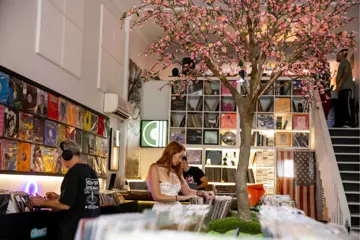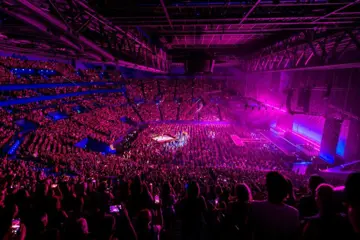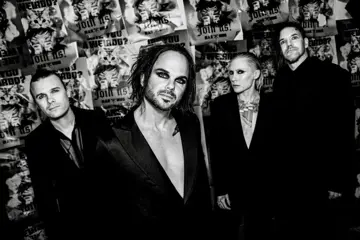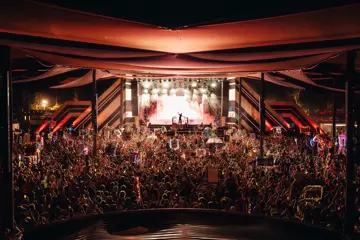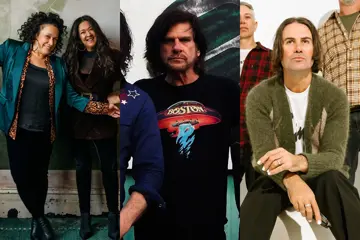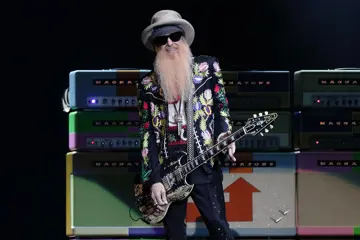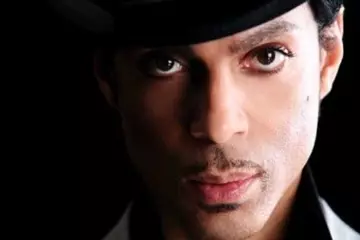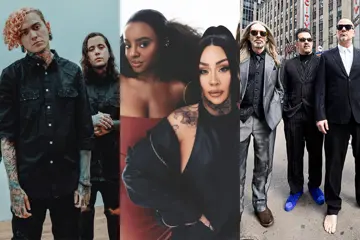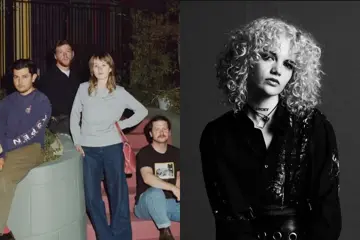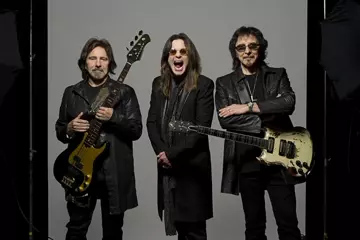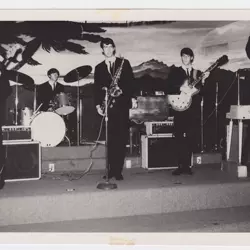 The Sonics
The SonicsGarage legends The Sonics are one of those rare bands whose influence down the years far transcends any success they experienced in their own lifetime. They formed in the port city of Tacoma, Washington in the early '60s and existed in relative isolation for the duration of their short career, releasing three albums and a river of killer singles before finally burning out sometime in 1968.
But thankfully their story didn't end there. While the members of The Sonics all busied themselves with studies and careers, their catalogue of roughshod rock'n'roll numbers took on a life of its own, in the ensuing years having its fingerprints all over the work of not just countless bands but also whole scenes such as garage, punk and grunge, their music revered worldwide generations after they last played a chord in anger.
Apart from brief reformations in the '70s and '80s, The Sonics lay dormant until 2007, when the core of the band reunited for the annual Cavestomp garage rock festival in Brooklyn, and it went so well they've been playing sporadically around the globe to rapturous crowds ever since – especially in Europe where they're particularly lionised – and now, courtesy of the Hoodoo Gurus' Dig It Up! extravaganza, we're about to see them play their garage classics such as Psycho, Strychnine, The Witch and He's Waitin' in Australia for the very first time.
“I'm really looking forward to getting together with the Hoodoo Gurus, because it's really because of them that we're coming down – they started the deal,” The Sonics' saxophonist Rob Lind explains. “Before I even knew who they were, years ago, I stumbled across a song of theirs on YouTube called I Was A Kamikaze Pilot and I thought, 'Damn! That's a good song! Those guys are rockers just like us!' Now we're going to get to play with them, it's great.”
Don't miss a beat with our FREE daily newsletter
It's not surprising that Lind fell in love with that particular Gurus track – after the group disbanded he became a fighter pilot in the Vietnam War, before embarking on a career flying commercial airliners – but it is quite astonishing that The Sonics have been able to re-inject their songs with their trademark fire in this latest phase of their career.
“We had some offers [to reform] prior to Cavestomp – for years prior – and we just kept turning them down, because our drummer Bob Bennett lived in Hawaii and we hadn't been playing individually. Larry [Parypa – guitar] was working in the insurance business, I was an airline pilot and Gerry [Roslie – organ, vocals] was running a little asphalt paving company and we started talking – 'Gosh, maybe we should try this?' Fortunately we were adults at the time so we made a decision, because we knew we had a good reputation – we kind of had a legacy – so we said, 'Let's take a shot at this, but if we're not ready, let's not go onstage and be fools. Let's not have people look at us and say that our records were good, but we're just jerks trying to take advantage of it and we can't play'.
“So the three of us – Gerry, Larry and I – got together and rehearsed for about eighteen months pretty steadily and it looked like it was getting to the point where it could work. Then we brought in [a rhythm section and] it kind of gelled, so we rehearsed and went out and did Cavestomp. Then we got a call from London and they asked us to go over and do three shows there and we said, 'Sure!' and we were off. We still try to play as hard as we can – that's what we're all about. We're better together than we are individually – there's musicians around who man for man are better than we are, but together we're pretty tough and we try to bring that wherever we play.”
During their initial incarnation in the '60s, The Sonics established themselves around their stomping ground in the Pacific Northwest, but geographic isolation meant they gained little traction anywhere else. “We were a Northwest rock'n'roll band, pure and simple,” Lind admits. “We played from northern California right up to Canada and we played Washington, Oregon, Idaho – pretty much in that area. After our first album some cuts from that were being played [on the radio] back east, so we went over for one tour and played in Philadelphia and a bunch of other places, but it was just a blur – we slept in the daytime and played at night and I never knew where we were. We were being driven around by these guys with guns and we'd pull up behind some building, go in the back door and play, then get back in the car with the guys with the guns and they'd drive us someplace else. But primarily we were playing in the North West.
“We did make a bit of a change because the records came out and began getting a lot of airplay in that area – in those four states there – so we started getting asked to open shows for people like The Beach Boys. We'd been playing in teenage nightclubs to start with and then as The Witch got going and Psycho got going we started playing bigger places like auditoriums and roller rinks – playing three sets, all night long – and we started getting the opportunity to step out in front of 25,000 people and do a half-an-hour before The Beach Boys, or The Lovin' Spoonful or The Mamas & The Papas or The Righteous Brothers or people like that. So that was kind of fun for your friendly neighbourhood Sonics to be backstage drinking beer with The Righteous Brothers!”
Looking back from this distance The Sonics' distorted, heavy sound and the often ribald subject matter of their songs seems totally out of sync with what else was happening in the '60s, but not in their neck of the woods. “We came from a rock'n'roll town – Tacoma was a rock town and that's what people wanted back then. It was tougher audiences and if you played swing or jazz or stuff down there, they'd probably throw vegetables at you! They wanted rock'n'roll and that's what we wanted too, so we gave it to them and it turned out pretty well.”
But even as they were giving the people what they wanted, the members of The Sonics had no inkling whatsoever their incendiary music would resonate so strongly down the ages. “You know, we were in it to meet women – I'll be totally straight with ya,” Lind laughs. We were 19, 20, 21 years old with testosterone flowing out of every pore in our body and we wanted to meet cute girls. One thing became another, we started playing more, made some albums and we just had a great time. It was a great time. I can't tell you how much fun it was to go out and play rock'n'roll music every Friday and Saturday night – it was just great.”

